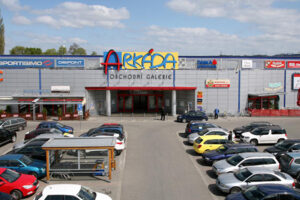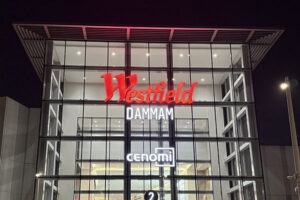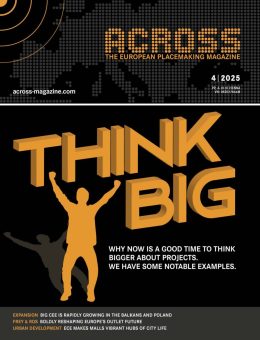By Till Walz
In the meantime, this trend has also made its way to Europe: For quite some time, cinemas and restaurants have functioned as complements to shopping; now, the market has opened up to other leisure experiences as well. In Osnabrück, for example, shoppers can surf a wave machine in the middle of the shopping center. And at Bremen’s Waterfront, Germany’s first trampoline park within a shopping center, Jump House, was opened in autumn.
The Jump House concept is currently one of the most successful in the European leisure market – and is ideally suited to modern shopping centers: The target groups, which include families, young people, and young adults who enjoy consuming, are quite similar. The idea: Dozens of connected trampolines featuring various attractions, complemented by spectacular obstacle and climbing courses. For some, it serves as a workout option after shopping, while for others, it serves as a kind of “Ikea Småland”, where children can let off steam while their parents do their shopping.
The truth of the matter remains: The success of e-commerce, the saturation of the market with shopping centers, growing vacancy rates, and a change in leisure behavior make it imperative for shopping centers to undergo change. For families with two earners as well as for young, professionally successful people, time in itself and leisure time, in particular, are rare commodities: the more precisely time is planned and the more important the quality of experiences are. Service, fun, exercise, a good price/performance ratio, and efficient use of time with family and friends – these are all focal points of leisure planning today. In order to survive as a retailer, you have to offer more than just fast online trading, which supposedly saves time and effort, and offer additional incentives for shopping center visits. Shopping must evolve into an experience, with centers serving as common destinations for excursions.
Management consultancy AT Kearney has investigated the future of shopping malls and sees it in “Consumer Engagement Spaces”, for example, in “Destination Centers”. At such locations, the retail trade is grouped around spectacular entertainment offers that also attract supra-regional customers, such as Jump House. On the one hand, this mixed use brings completely new clientele into the malls and, on the other hand, it ensures a longer stay and higher consumption – a fruitful, profitable exchange arises.
A survey of 1,000 Jump House visitors at Bremen’s Waterfront has already confirmed this finding: Nearly 90 percent of those surveyed came to the mall primarily to spend time at the trampoline park – and roughly half of them made purchases at other shops. Jump House has attracted 450 paying customers to the mall! When extrapolated to hundreds of thousands of trampoline park visitors per year, a symbiotic perspective emerges. As a result, we are currently engaged in many discussions with shopping and entertainment centers and see great potential in this cooperation.





